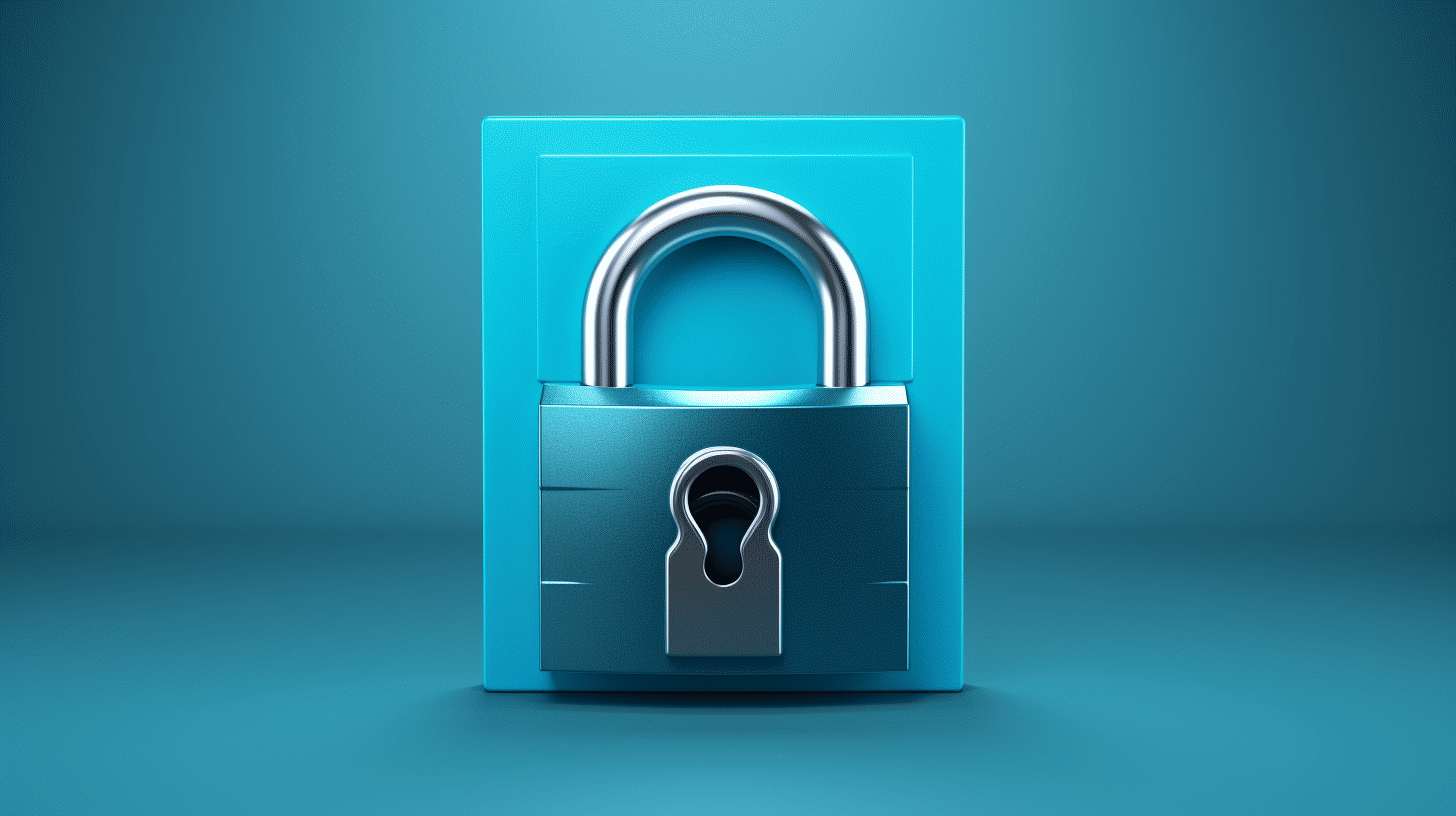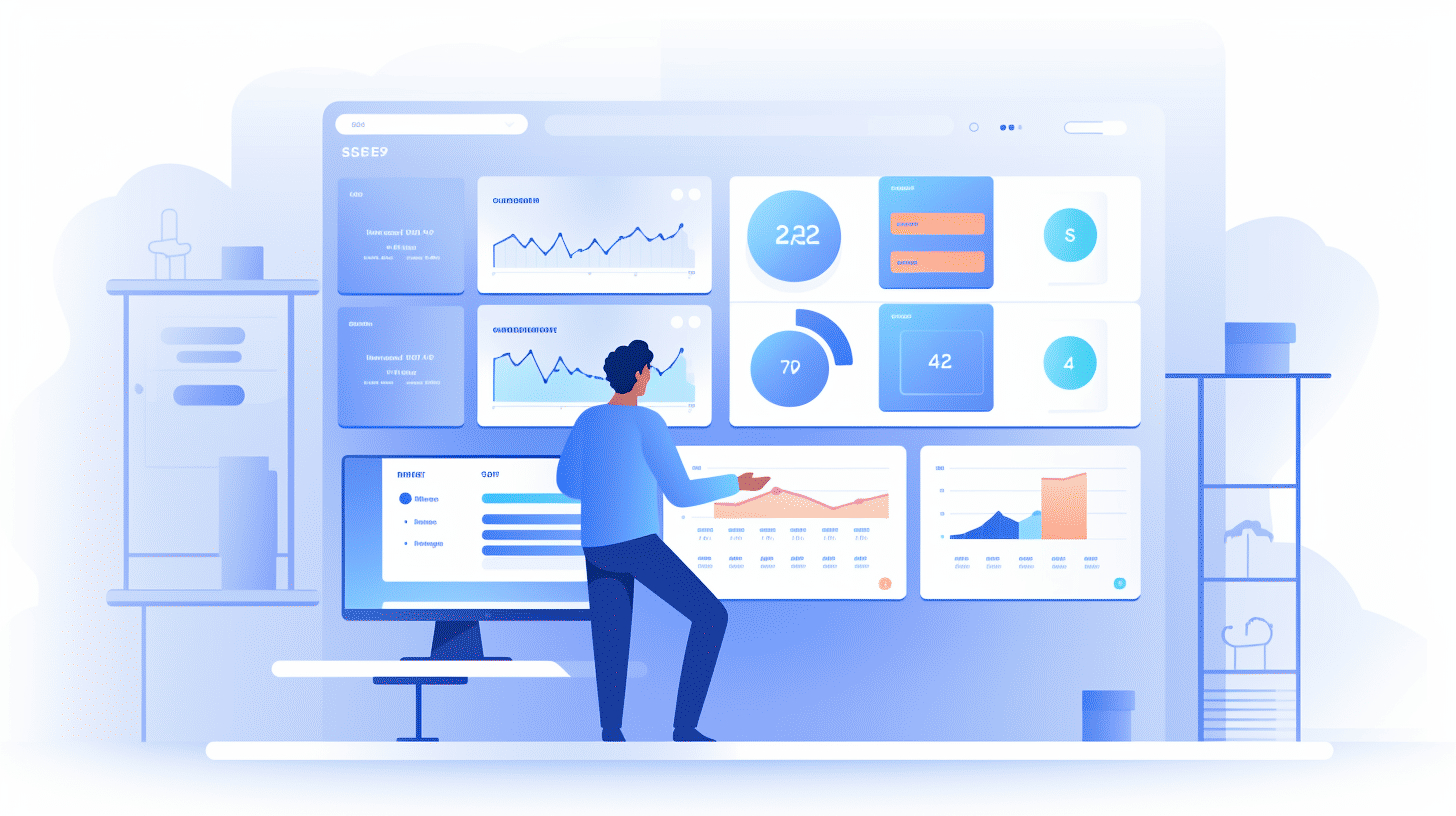在當今的數位環境中,網站安全對於企業和個人來說都是首要任務。隨著網路威脅的不斷增加,採取主動措施保護您的網站免受潛在攻擊至關重要。對於 WordPress 使用者來說,實施強大的安全措施對於保障您的線上狀態至關重要。
WordPress 是全球最受歡迎的內容管理系統 (CMS) 之一,為網路上超過 40% 的網站提供支援。然而,它的廣泛使用也使其成為駭客的主要目標。從暴力攻擊到漏洞利用,WordPress 網站面臨許多安全挑戰。
為了幫助 WordPress 使用者增強其網站安全性,本文將概述可以減輕違規和未經授權存取風險的基本做法。從強密碼和定期軟體更新到安全主題和插件,我們將介紹強化您的 WordPress 網站和保護您寶貴資料的最佳策略。
讓我們深入研究並探索 WordPress 安全性的統計數據,以了解情況的嚴重性以及為什麼優先考慮 WordPress 網站的安全措施至關重要。
WordPress 安全統計
WordPress 無疑是世界上最受歡迎的內容管理系統 (CMS) 之一,數百萬個網站依賴其用戶友好的介面和廣泛的自訂選項。然而,WordPress 的廣泛使用也使其成為駭客和網路犯罪分子的誘人目標。在本節中,我們將深入研究一些令人大開眼界的統計數據,以了解 WordPress 的安全狀況。
被駭客入侵的 WordPress 網站數量
✨ 根據 報告 在保護 WordPress 網站安全方面,被駭客入侵的 WordPress 網站數量令人震驚:
- 81% 的攻擊 WordPress 網站上的密碼都是不安全或被偷的。
- 令人震驚的是, 每 25 個 WordPress 網站就有 1 個 遭受駭客攻擊。
- 平均而言,至少 每天有 13,000 個 WordPress 網站遭到駭客攻擊每年有高達 470 萬個網站被駭客入侵。
漏洞與攻擊
WordPress 的漏洞狀況不斷演變,新的威脅不斷出現。以下是一些說明漏洞和攻擊情勢的關鍵統計數據:
- 大約 90% 的基於 CMS 的網站被駭 是基於 WordPress 建立的,這使其成為攻擊者利用安全漏洞的主要目標。
- 在一次披露中,總共 48 漏洞 影響超過三百萬個 WordPress 網站的漏洞被發現,凸顯了 WordPress 用戶面臨的安全挑戰的規模。
- 短短一周內, 109 個新漏洞 在 WordPress 外掛程式中發現,目前已有 79 個補丁可用於解決這些安全問題。
- 令人震驚的是,估計平均 30,000 個新網站 每天都會遭受駭客攻擊,凸顯了 WordPress 網站所有者面臨的安全威脅的廣泛性和持續性。
⚠️值得注意的是,由於 WordPress 佔據了互聯網的很大份額,這些漏洞的影響可能是深遠的。例如,2023 年,WordPress 為驚人的 所有網站 45.8% 在互聯網上。
更糟的是,仍有大量漏洞未被修補:
- 26% 漏洞 2023 年上半年揭露的漏洞仍未修補,導致網站面臨潛在漏洞。
最後,報告強調, 112 個易受攻擊的 WordPress 外掛和主題 光是 7 月份就有報告。這些發現表明,網站管理員和 WordPress 網站所有者迫切需要優先採取主動的安全措施來保護他們的網站免受潛在的攻擊。
面對這些統計數據,必須認識到實施強大的安全實踐的重要性,包括定期更新 WordPress、使用強密碼和利用信譽良好的安全性外掛程式。應優先保護 WordPress 網站,以減輕與網路威脅相關的風險並確保線上平台的安全和完整性。
WordPress 安全最佳實踐
隨著網路威脅的日益普遍,優先考慮 WordPress 網站的安全性變得比以往任何時候都更加重要。透過實施下面概述的最佳實踐,您可以保護您的網站並防止其免受潛在漏洞的侵害。
密碼和身份驗證
駭客最常利用的漏洞之一就是弱密碼。事實上,大約 8% 的 WordPress 網站因這項安全疏忽而遭到駭客攻擊[1]。為了確保強大的防禦能力,以下是一些密碼最佳實踐:
- 建立強密碼:避免使用常用字詞、個人資訊或容易猜到的組合。相反,選擇混合使用大寫和小寫字母、數字和特殊字元。
- 實施雙重認證 (2FA):透過啟用 2FA,您可以為登入程序新增額外的安全層。這通常涉及輸入唯一代碼或在單獨的裝置上接收驗證提示。
請記住,您的密碼是您網站安全的關鍵。花時間創建一個強大的安全機制並定期進行更改以抵禦潛在威脅。
軟體更新
定期更新您的軟體對於維護 WordPress 安全性至關重要。然而,近 50% 的網站管理員未能啟用 WordPress、外掛和主題的自動更新[2]。如果忽略這些更新,您的網站將容易受到已知的安全風險的攻擊。及時更新至關重要的原因如下:
- 修補安全漏洞:開發人員發布更新來修復任何發現的安全漏洞。忽略這些更新將為駭客利用這些弱點打開大門。
- 受益於新功能和改進:更新通常會引入新功能和效能增強,使您的網站能夠以最佳狀態運作。
養成經常檢查和安裝更新的習慣,以確保您的 WordPress 安裝及其組件始終是最新的。
定期備份
如果發生網路攻擊或任何不可預見的情況,擁有可靠的備份計畫至關重要。定期備份您的 WordPress 網站可讓您安心,因為您知道可以在必要時將網站還原到先前的狀態。這就是為什麼備份至關重要:
- 防止資料遺失:如果您的網站成為惡意軟體、駭客攻擊或其他問題的受害者,那麼備份可確保您不會丟失寶貴的資料。
- 促進輕鬆恢復:透過備份,您可以快速將網站還原到先前的功能狀態,從而最大限度地減少停機時間。
考慮實施自動備份解決方案或使用專為 WordPress 備份設計的外掛程式。這樣,您就可以安排定期備份並放心地關注網站的安全。
SSL/TLS 憑證
在您的 WordPress 網站上安裝 SSL/TLS 憑證是增強安全性的絕佳方法。這些憑證會對訪客和伺服器之間傳輸的資料進行加密,使駭客更難以攔截敏感資訊。 SSL/TLS 憑證的好處包括:
- 增強訪客的信任:顯示掛鎖符號並在 URL 中包含「HTTPS」可向訪客保證他們的資料是安全的,從而提高使用者的信任和信心。
- 防止資料攔截:SSL/TLS 加密可防止惡意行為者攔截您的網站與其訪客之間交換的資料。
安裝 SSL/TLS 憑證是一個簡單的過程,可以藉助外掛程式或透過託管服務提供者來完成。查看本指南 在 WordPress 上安裝 SSL 獲得分步說明。
請記住,保護您的 WordPress 網站需要採取主動的方法。透過實施強密碼、定期更新軟體、進行備份和安裝 SSL/TLS 證書,您可以最大限度地降低安全風險並保護您寶貴的網站免受潛在威脅。保持警覺並將 WordPress 安全放在首位。
[1] 附加資訊 - 大約 8% 的 WordPress 網站由於密碼薄弱而被駭客入侵。
[2] 附加資訊 - 近 50% 的網站管理員沒有啟用 WordPress、外掛程式和主題的自動更新。
選擇安全的主題和插件
當涉及 WordPress 安全時,選擇安全的主題和外掛至關重要。這些是您網站的組成部分,易受攻擊的主題或外掛程式很容易成為攻擊者利用的入口。以下是選擇安全主題和外掛程式的一些基本提示:
- 堅持可靠的消息來源: WordPress 有無數的主題和插件,但並非所有的主題和插件都值得信賴。堅持使用信譽良好的來源,例如官方 WordPress 外掛目錄或知名的主題市場。這些來源有嚴格的指導方針和品質檢查,以確保其產品的安全性。
- 閱讀評論和評分: 在安裝主題或外掛程式之前,請花一些時間閱讀其他用戶的評論和評分。這可以為您提供有關外掛程式或主題的效能、安全性以及與最新 WordPress 版本的兼容性的寶貴見解。尋找具有正面評價和大量活躍安裝的主題和外掛程式。
- 定期更新: 確保您選擇的主題和外掛程式能夠從其開發人員處獲得定期更新。定期更新通常包括安全性修補程式和錯誤修復,這有助於防止潛在的漏洞。安裝主題和外掛前請檢查更新歷史,避免使用很久沒有更新的主題和外掛程式。
- 積極支持與發展: 選擇擁有專門開發團隊積極提供支援和更新的主題和外掛程式。這表明該產品得到積極維護,並且出現的任何安全問題都將及時解決。尋找具有活躍支援論壇或與用戶定期聯繫的主題和外掛程式。
- 檢查漏洞: 在安裝之前快速搜尋與主題或外掛程式相關的任何已報告的漏洞總是一個好主意。這可以透過搜尋主題或外掛程式的名稱以及「漏洞」或「利用」等術語來完成。如果過去曾報告過漏洞,最好避免使用該主題或外掛程式。
- 定期更新: 一旦您選擇了安全的主題和插件,請確保定期更新它們。盡可能啟用自動更新,並在必要時設定提醒以手動更新。定期更新您的主題和外掛程式將為您提供最新的安全修復,並保護您的網站免受潛在威脅。
遵循這些最佳實踐,您可以降低 WordPress 網站出現安全漏洞的風險。選擇安全的主題和外掛是增強網站整體安全性和確保流暢安全的使用者體驗的重要一步。
常見問題解答
- 對於 WordPress 使用者來說,增強網站安全性有哪些基本做法?
增強 WordPress 使用者網站安全性的一些基本做法包括:保持 WordPress 和外掛程式/主題為最新版本、使用強大而獨特的密碼、實施雙重認證、定期備份您的網站、安裝安全性外掛程式以及使用可靠的託管服務提供者。
- 為什麼保持 WordPress 和外掛程式/主題更新很重要?
保持 WordPress 和外掛程式/主題更新對於網站安全至關重要,因為它可以確保您的網站配備最新的安全性修補程式和錯誤修復。過時的版本可能存在可被駭客利用的漏洞。
- 什麼是雙重認證?
雙重驗證透過要求第二種驗證形式(通常是發送到您的行動裝置的唯一代碼)為您的網站登入增加了一層額外的安全性。實施雙重認證有助於保護您的網站,即使您的密碼被洩露。
- 我應該多久備份一次我的 WordPress 網站?
建議定期備份您的 WordPress 網站,最好每天或每週備份一次。這可確保在發生任何安全漏洞或系統故障時您擁有網站資料和檔案的最新副本。
- 我應該在我的 WordPress 網站的安全性外掛中尋找哪些功能?
為您的 WordPress 網站選擇安全性外掛程式時,請尋找惡意軟體掃描和刪除、防火牆保護、登入安全性、檔案完整性監控和定期安全性審核等功能。此外,請檢查插件開發人員的積極用戶評論和定期更新。



















